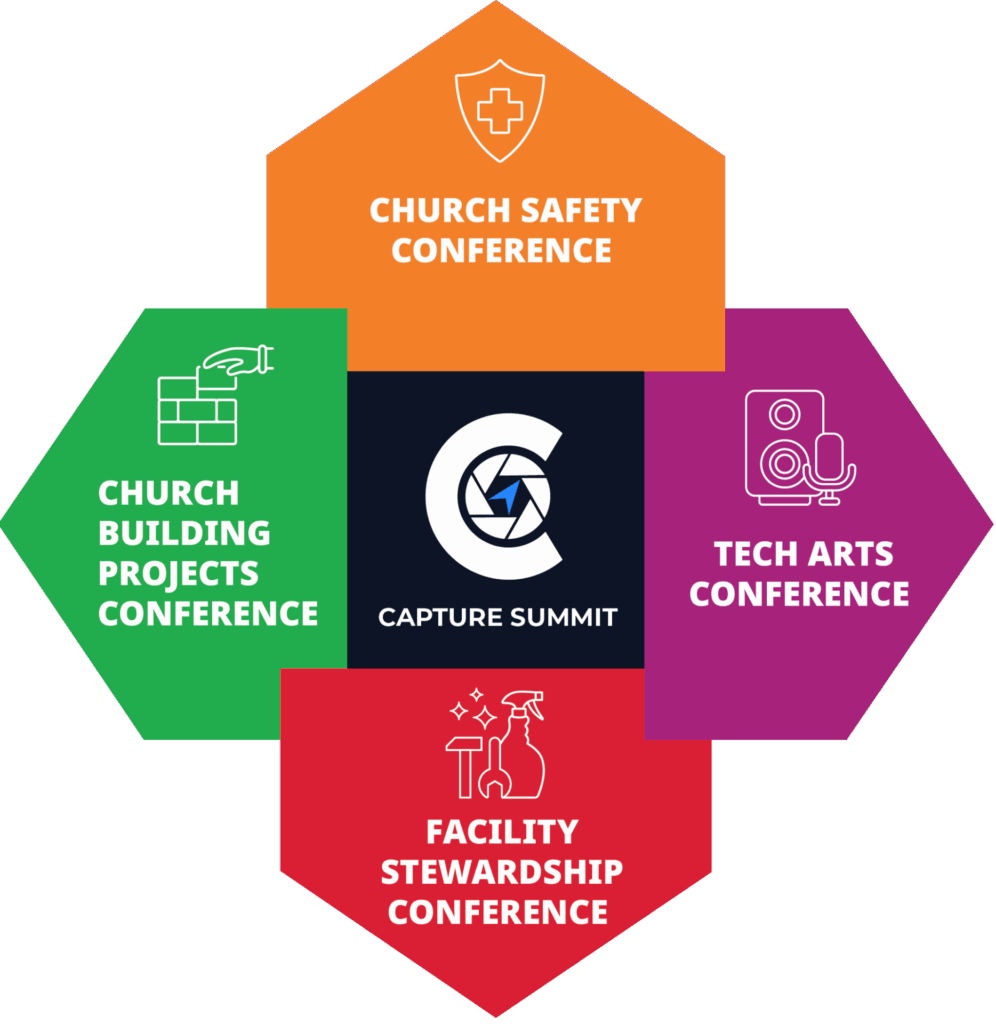By Alan Hughes, Co-Founder of Better Protectors
Being in church ministry is often challenging in terms of time management. Services, events, and the needs of the congregation take up a lot of time, not to mention family and friends. Under the pressure of a limited about of time it’s easy to put off things that may be a good idea. They just don’t seem as pressing of a need…until they are.
Medical response training is one of those things. It’s easy to reschedule or put off, yet when those skills are needed, it could be a matter of life and death. Here is a sobering fact: In the US, response times for Emergency Medical Services (EMS) are an average of 7-10 minutes. You may say is pretty good, but when we consider that a person can bleed to death in as little at 90 seconds, that time gap becomes a huge disadvantage. As the saying goes, “when seconds count, the emergency services are only minutes away”.
Workplace medical emergencies happen. About 2.5 million of them a year and churches are no exception to this but unlike many other workplaces, we invite the public into our worship spaces and become places of mass gathering, increasing our need to be medically prepared. As churches, we value our community and want to care for them. Most of the time, that care is in a spiritual sense, but sometimes it is not. That’s where preparing your church staff and volunteers in medical response comes into play.
It’s easy for us to rely on others. It’s not uncommon to think that since there are nurses, doctors, or Emergency Medical Technicians (EMT) that attend our churches, we really don’t need to worry. Yet few of us know anyone who has a perfect attendance record for our Sunday services or never takes a vacation. Even if your church has a well-run safety program, time can still be critical. Remember that 90 seconds we talked about earlier? How long would it take for someone to notify “Jeff the EMT” or “Dr. June” and get them to the medical tech in the children’s ministry?
And what about the rest of the week? Jeff and June aren’t at your church on Thursday when the maintenance worker is on the ladder changing a lightbulb when he falls and breaks his leg, or a child in your preschool has a seizure. As Christians, we want to be Christ-like and that includes caring for others we come across. Remember the parable of the Good Samaritan? He didn’t just throw the injured man into a 1st Century Donkey-Uber. First, “He went to him and bandaged his wounds…”

Keeping all of this in mind, my recommendation is to train all church staff and volunteers in “Basic Life Safety” and “Stop the Bleed” techniques. These courses are easy to learn and are more time-sensitive than some other skills. It is also more likely to be needed for multiple patients at once. It’s statistically unlikely to have 2 people suffer a heart attack at the same time, but an act of violence, a car crash or a weather incident like a tornado could easily create a situation with multiple incidents of life-threatening bleeding. Use reputable instructors with legitimate certifications.
Second, train all church staff and key volunteers in CPR/First Aid and AED use. Certifications from Red Cross, HIS/ASHI or American Heart Association are preferred certifications and are good for 2 years.
Lastly, provide equipment. Purchase first aid and bleed control kits from reputable outlets like Rescue Essentials or North American Rescue. Don’t bet a life on a $10 tourniquet from Amazon. If you can’t afford an AED, explore lease-to-own programs but in today’s modern world you need at least one AED onsite at your church.
Training your staff and volunteers in first aid benefits the church community. You will be prepared for everyday incidents, such as slips, falls, or cuts, as well as for unforeseen emergencies, such as an active shooter situation, which we all hope never occurs at your church.
Alan Hughes brings a wealth of law enforcement experience to the table, spanning across local, state, and federal agencies. His roles have included assignments as a detective, drug interdiction specialist, and tactical team leader. Furthermore, he boasts extensive experience serving on protective teams for numerous diplomats and government officials. For over a decade, Alan has served as the safety director of a large, multi-campus church. Additionally, he is the co-founder of Better Protectors, a Florida-based training firm


